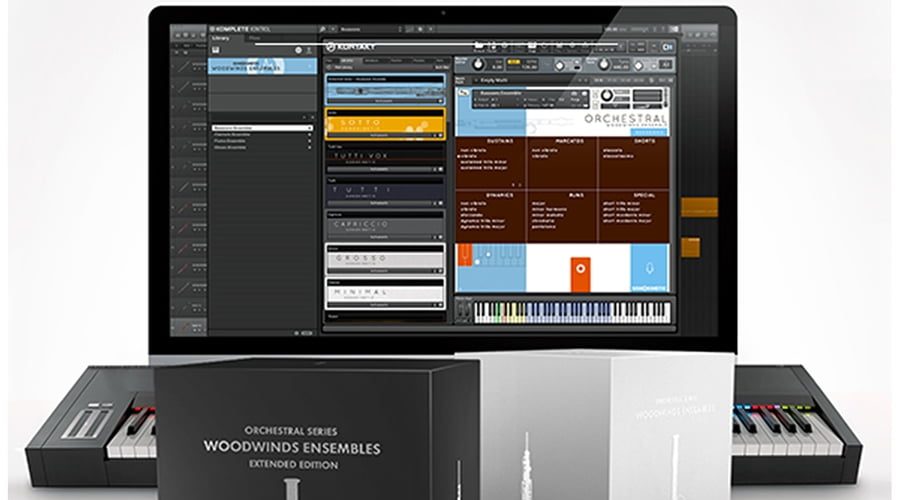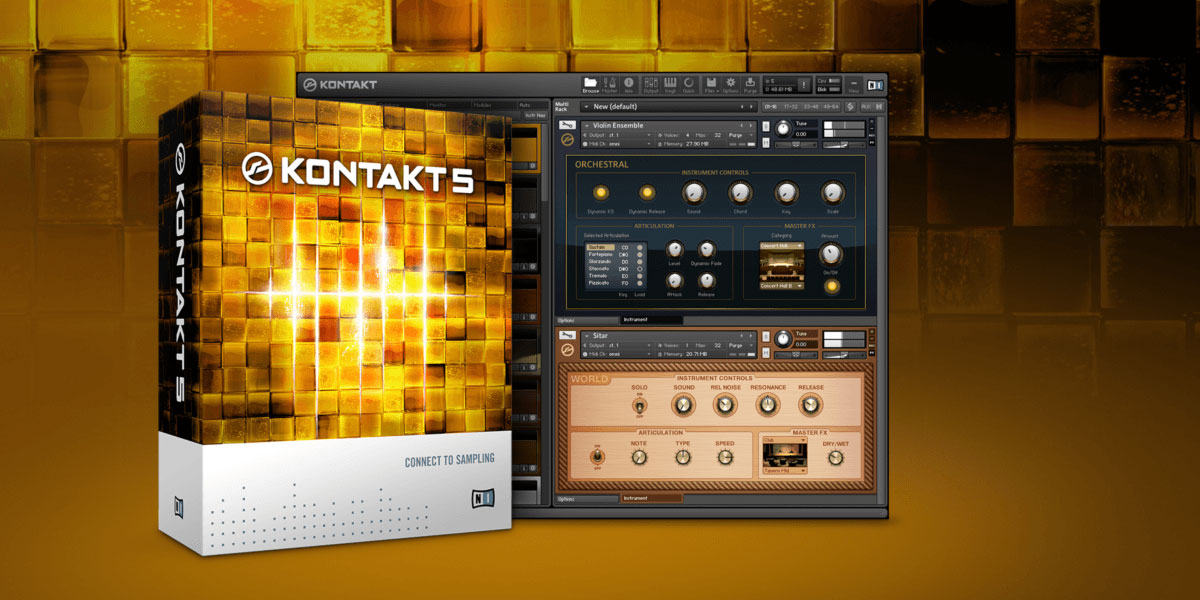
This screen shot shows the midi expression cc11 events. If you add more in a DAW, the ticks go away. This appears because more frequent midi controls are required. The i2, tended to make ticking sounds with sudden volume changes. (The strings are fifths apart in violin mode out-of-the-box.)
I retuned the strings to be one fourth apart so it is more like a guitar. This seemed to work better than pressing the bridge. Move the bridge key back and forth (parallel to the frets like changing directions on the bow) when changing notes. Similarly, if you release the string, while the bridge is being pressed, the open position will sound. It is easy to get the open position note when you don’t want it. Usually, you want to press the fretboard before the bridge key. PlayingĪ few tips to speed you up getting started: The pan flute seemed well suited to bow mode. I also experimented with a few different voices. Pressing the bridge on the i1 changes the volume and, for some reason, the HSO was very twitchy, so for the viola, I used “Viola Solo” from HALion Sonic SE. However, I found it much harder to control than the out-of-the-box string samples despite my attempt to adjust. My goal was to use the HALION Symphonic Orchestral (HSO) VST instrument set because it has high quality samples. In HALion this is easy as you can right click, copy and right click past in the loading console. Then, you need to bind the VST to each of MIDI channel. After you have created a track for your instrument, change the MIDI routing beside the instrument selector. You will also need to set Cubase to pass these channels to the VST. In Multi-Channel mode, the i1 uses MIDI channels 2-7 for each “string”. To do this, first make sure the Artiphon itself is in Multi-Channel mode. This way the pitch bend for each “string” works independently in its own MIDI channel. The solution is to route each “string” through its own MIDI channel. Sliding two notes at a time or quickly moving between strings when there is a miniscule overlap will cause a buggy sounding behavior without correct configuration. But the Artiphon allows a musician to independently slide up to six “strings” at the same time. Midi pitch bend was designed to tune all the notes being played by a single keyboard. But, it still will not work correctly when playing on multiple strings. This will let your slides work as expected. Here is a screen shot with red outlines to hint navigation and options using HALion SONIC 2. It took a long time for me to find it in Cubase because it was nested deeply and it changes depending on the VST you are using. If you are using a different setup, just remember, the change is in the instrument, not the workbench. This will result in a slide of the entire length of the Artiphon changing the pitch by one semitone. 
The typical pitch bend range is 2 semitones. This is a must for Artiphon in fretless mode because to calibrate a slide of one fret to be one semitone, you must configure the synthesizer to be -24 when the pitch bend “position” is all the way down and +24 when the “position” is all the way up. Synths will usually let you configure the range.

The MIDI standard specifies a pitch bend position, opposed to pitch change, so it’s the synth’s job to convert the pitch bend position to pitch. The Artiphon uses pitch bend in fretless mode when you slide.

Most synth keyboards have a pitch bend wheel and it is part of the MIDI standard. Other synths will require similar configurations. Setting up Cubase with the Instrument 1 (i1) required some configuration (with great technical support from Artiphon.) Here’s what you need to do in Cubase. I use Steinberg Cubase and have a wealth of VST (Virtual Studio Instruments) including HALion 2 and Orchestral Symphonic instrument set that I wanted to use.
#PITCH BEND KONTAKT ORCHESTRA PC#
For a PC or Mac synth, Artiphon recommends the Kontakt ,so it should also work well. The iPhone app works out-of-the-box, of course. The result is a very expressive configuration that is challenging to play. Bow mode puts the Artiphon in fretless mode giving you the freedom to micro tune notes and the responsibility to aim accurately. The bridge keys are velocity sensitive (how hard you tap it can vary the sound) and after touch sensitive (you can control the volume by pressing harder or softer after the initial press). The pitch is determined by your finger position on the fret board. In this mode, a sound is generated when you press the bridge key. One of the more intriguing modes of the Artiphon Instrument1 is bowing mode (a.k.a.







 0 kommentar(er)
0 kommentar(er)
